
Voltar ao hub
Prospecção B2B
Software
IA
5 AI Orchestration Software Tools That Actually Deliver (2025 Guide)
Publicado em 24 de out. de 2025Atualizado em 27 de out. de 2025
Look, we need to talk about the elephant in the room: AI orchestration is messy.
You've got models scattered across different platforms, data pipelines that don't talk to each other, and workflows that feel like they're held together with digital duct tape. As businesses add more artificial intelligence tools to their tech stack, the more disjointed and siloed their work with AI becomes, creating an operational nightmare. The true value of AI lies in its ability to work together and to integrate into your existing systems and processes.
The AI orchestration market isn't slowing down either. The global AI Orchestration Platform Market is projected to grow significantly, expected to reach an estimated value of USD 48.7 billion by 2034, up from USD 5.8 billion in 2024, reflecting a robust 23.7% CAGR during the forecast period from 2025 to 2034.
But here's the thing: not all orchestration tools are created equal. Some promise the moon and deliver a pile of configuration files. Others actually make your life easier.
I've spent months testing these platforms, and I'm about to save you countless hours of frustration. Let's dive into the five AI orchestration tools that are worth your time in 2025.
What Is AI Orchestration Software (And Why Should You Care)?
Before we jump into the tools, let's get clear on what we're talking about.
AI orchestration is the coordination and management of artificial intelligence models, systems and integrations. It covers the effective deployment, implementation, integration and maintenance of the components in a greater AI system, workflow or app.
Think of it like this: AI orchestration is the conductor of your AI symphony. It's like being the conductor of an orchestra, where each musician (or AI tool) needs to play in harmony with others to create beautiful music (or successful outcomes). AI orchestration, if done well, increases efficiency and effectiveness because it streamlines processes and ensures the AI you're using communicate, share data, and function as one system.
The difference between basic AI automation and real orchestration? AI orchestration is the connected, end-to-end application of AI tools, agents, and automations across workflows, teams, and systems. It uses structured logic and adaptive intelligence to decide which tool should act, when, and how, so your business moves faster without giving up control.
Prefect - The Python Developer's Dream Come True

If you're working in Python (and let's be honest, who isn't in 2025?), Prefect might just become your new best friend.
Why Prefect Stands Out From the Crowd
Prefect is an orchestration and observability platform for building, observing, and triaging workflows. It's the simplest way to transform Python code into an interactive workflow application.
What makes Prefect special is its developer-first philosophy. Unlike older tools that force you into rigid DAG structures, Prefect embraces dynamic workflows that actually reflect how real work gets done.
Cash App switched from Airflow to Prefect when their machine learning needs outgrew basic ETL pipelines, enabling faster fraud prevention model deployment while maintaining strict security.
That's not marketing fluff—that's real teams solving real problems.
Key Features That Make Prefect Worth Your Time
Here's what actually matters:
Dynamic DAG Engine: Prefect's dynamic DAG engine adapts to change, so workflows don't stall when reality shifts.
Because let's face it, nothing ever goes according to plan.
Transactional Semantics: Prefect 3.0 brings transactional semantics to your Python workflows, allowing you to group tasks into atomic units and define failure modes. If any part of a transaction fails, the entire transaction can be rolled back to a clean state.
Hybrid Execution Model: Prefect allows workflows to run anywhere, on local machines, on server clusters, or in the cloud, providing flexibility and scalability.
Automatic Retries and Observability: Prefect comes equipped with a range of features, such as automatic retries, scheduling, and caching, to name a few. It is a powerful tool that ultimately allows you to construct resilient and dynamic workflows.
When Prefect Makes Sense (And When It Doesn't)
Perfect for:
Python-native data teams
ML workflows that need flexibility
Teams tired of Airflow's complexity
Projects requiring rapid iteration
Skip it if:
You need enterprise-level GUI management out of the box
Your team doesn't work primarily in Python
You require extensive built-in connectors (though integrations are growing)
Choose Prefect when Python ergonomics matter and you want fast progress with built in states.
Flyte - Built for Machine Learning at Scale
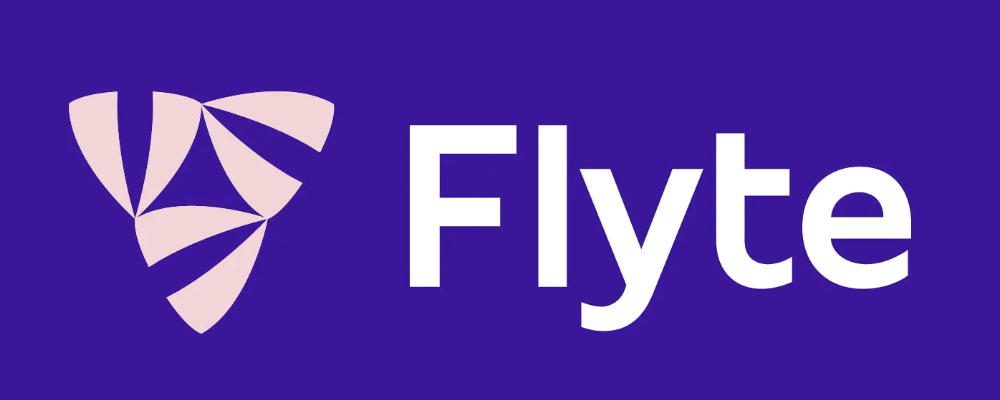
While Prefect wins on developer experience, Flyte takes the crown for production-grade ML orchestration.
What Makes Flyte Different
Flyte is an open-source orchestrator that facilitates building production-grade data and ML pipelines. It is built for scalability and reproducibility, leveraging Kubernetes as its underlying platform. With Flyte, user teams can construct pipelines using the Python SDK, and seamlessly deploy them on both cloud and on-premises environments, enabling distributed processing and efficient resource utilization.
Here's the thing about Flyte: it was born from the needs of production ML teams. Flyte is an open-source platform that combines workflow orchestration with machine learning and data engineering capabilities. Developed by Lyft, Flyte is designed to handle large-scale ML training workflows, making it ideal for data science and analytics projects.
Flyte's Killer Features
Reproducibility by Design: All Flyte entities are immutable and versioned. When a developer registers changes to a workflow, a new version is automatically created while the original remains available in the system. When a Task or Workflow executes, the execution is assigned a unique identifier which is persisted and visible across the platform. By enforcing mandatory versioning and containerization, Flyte introduces some guardrails on all executions to ensure they are robust.
Native Kubernetes Integration: Tasks can directly leverage any Kubernetes operator, including distributed compute frameworks such as Spark, Ray, PyTorch, and Tensorflow simply by supplying the required configuration arguments in the Task decorator.
Resource Management: Resource allocation shouldn't require complex infrastructure changes or decisions at compile time. Flyte lets you fine-tune resources from within your code, at runtime or with real-time resource calculations, without having to tinker with the underlying infrastructure.
Type Safety: Validate your data at every step of the workflow by defining data guardrails using Flyte types.
This prevents so many headaches downstream.
Real-World Use Cases
Flyte shines when it comes to AI orchestration. It handles intensive workloads, scales effectively for complex data processing, and automates the workflow, making it ideal for things like predicting weather patterns or managing large sets of weather-related data, all while being efficient and reliable.
Best for:
Teams building ML pipelines at scale
Organizations with Kubernetes expertise
Projects requiring strict reproducibility
Multi-cloud deployments
Not ideal if:
You're just starting with orchestration
Your team lacks container/K8s experience
You need quick prototyping over production robustness
CrewAI - Multi-Agent Orchestration Made Simple

Now we're getting into something different. CrewAI isn't about data pipelines—it's about orchestrating teams of AI agents that actually collaborate.
The Multi-Agent Revolution
CrewAI is a lean, lightning-fast Python framework built entirely from scratch, completely independent of LangChain or other agent frameworks. It empowers developers with both high-level simplicity and precise low-level control, ideal for creating autonomous AI agents tailored to any scenario.
Think about this: instead of building one massive AI model to handle everything, you create specialized agents that work together like a real team. CrewAI's framework assigns distinct roles to individual agents, creating specialized teams that mimic the structure of real-world organizations. Each agent operates within its own area of expertise, contributing to collaborative workflows with unique capabilities and decision-making processes.
Why CrewAI Is Gaining Traction Fast
The framework has explosive community growth for a reason. With over 100,000 developers certified through community courses at learn.crewai.com, CrewAI is rapidly becoming the standard for enterprise-ready AI automation.
Role-Based Architecture: Roles within CrewAI include Manager, Worker, and Researcher: Manager agents oversee task distribution and monitor team progress, ensuring smooth operations. Worker agents focus on executing specific tasks using their specialized tools and
knowledge. Researcher agents handle information gathering, data analysis, and providing insights to support decisions.
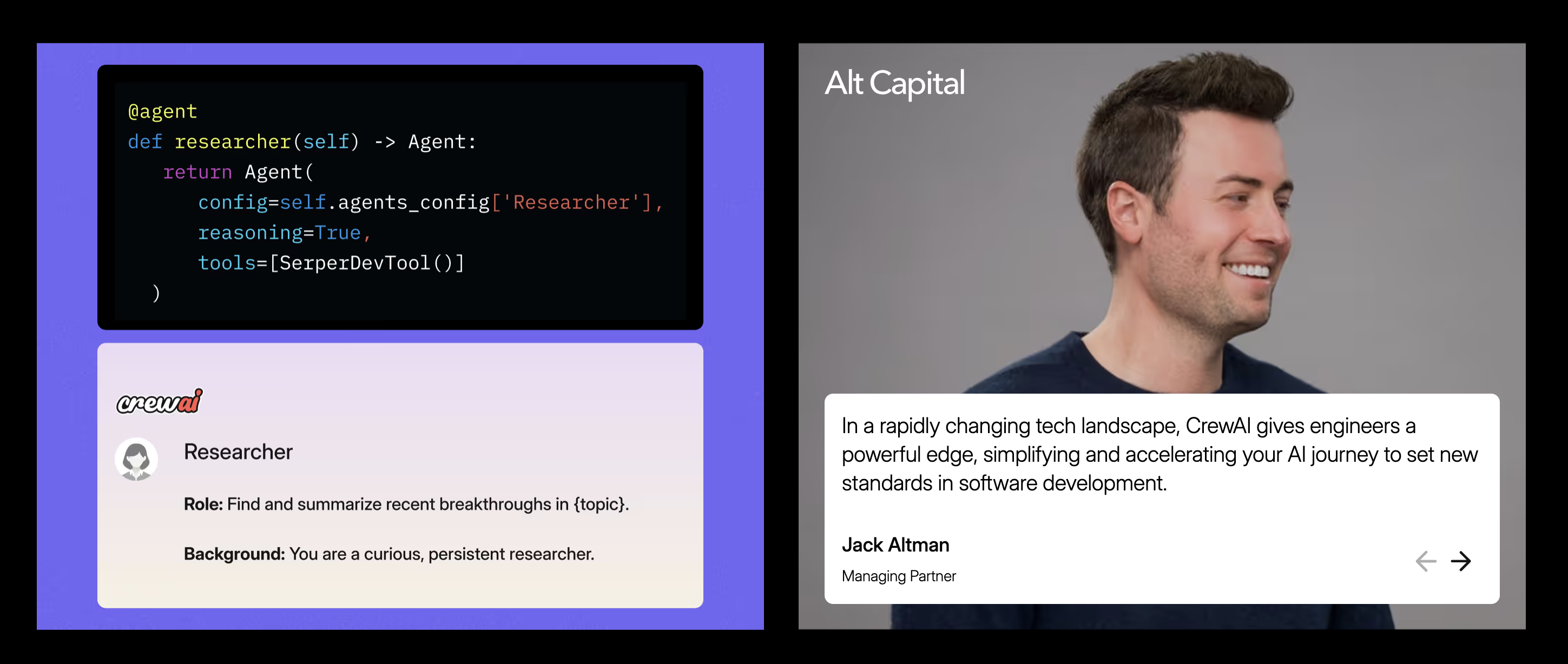
Autonomous Collaboration: The framework supports autonomous decision-making, allowing agents to assess tasks and act independently. Manager-level agents can also reassign tasks dynamically, based on workload and team capabilities. Communication between agents is facilitated through structured message-passing protocols, ensuring seamless updates on context, results, and task status.
Performance Edge: CrewAI demonstrates significant performance advantages over LangGraph, executing 5.76x faster in certain cases while achieving higher evaluation scores with faster completion times in certain coding tasks.
Real Enterprise Results
Don't take my word for it, look at the numbers. PwC leveraged CrewAI agentic workflows and boosted code-generation accuracy from 10% to 70%, slashing turnaround time.
Ideal for:
Building agentic AI workflows
Teams exploring multi-agent systems
Projects requiring role-based task delegation
Rapid prototyping of collaborative AI
Pass on it if:
You need traditional data pipeline orchestration
Your use case doesn't involve agent collaboration
You're looking for a no-code solution
Zapier - The No-Code AI Orchestration Powerhouse

Let's address the elephant in the room: not everyone is a Python developer, and that's perfectly fine.
Enter Zapier, yes, that Zapier, which has quietly become one of the most accessible AI orchestration platforms available.
Why Zapier Belongs on This List
Zapier has changed that for 1.3 million people. We've seen you use AI and agents with nearly 8,000 apps, more than 23 million times every month. AI is growing faster than any other category on our platform. And we're seeing teams with real AI workflows getting real results.
The results speak for themselves:
Remote.com used AI to automatically resolve 27.5% of IT tickets without human intervention, saving $500,000 in hiring costs.
Vendasta recovered $1 million in revenue by automating lead enrichment with AI.
Okta cut support escalation time from 10 minutes to seconds with automation that handles 13% of all case escalations.
The Magic of Visual AI Orchestration
Zapier's AI orchestration platform connects AI directly to the tools you work with every day. Our improved AI step lets you summarize content, generate personalized responses, or analyze data, all without switching tools.
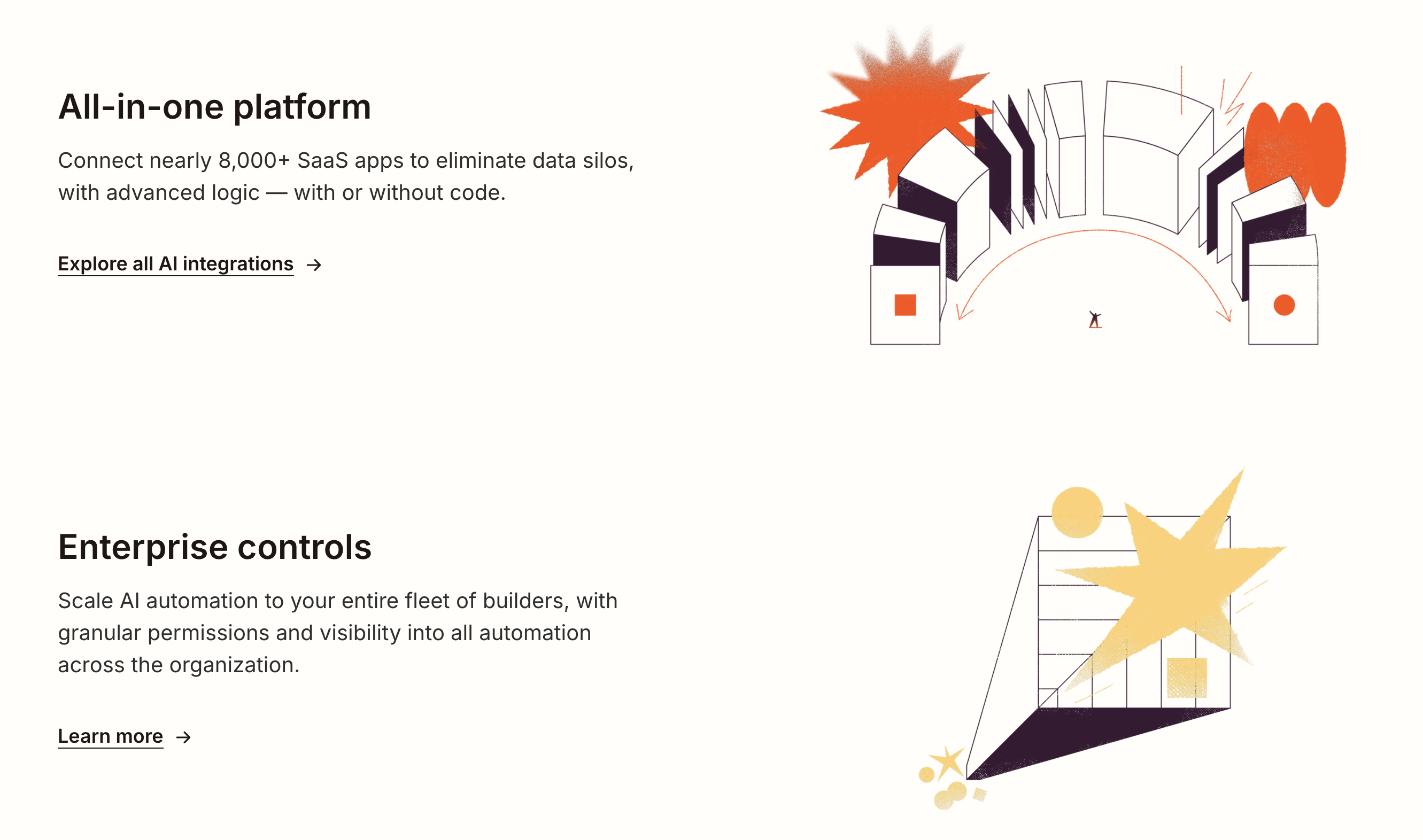
Key Advantages:
Massive Integration Ecosystem: We've seen you use AI and agents with nearly 8,000 apps, more than 23 million times every month.
That's not a typo. Eight. Thousand. Apps.
Agent Steps: Take your workflows to the next level by adding Agent steps that can make decisions, search for information, and adapt to changing situations. Unlike traditional automation that follows rigid rules, Agents can handle complex, variable tasks within your structured workflows.
Human-in-the-Loop: Maintain quality while moving at AI speed with new approval actions in Slack. Review AI-generated content, verify decisions, and provide feedback without disrupting your workflow.
When Zapier Makes Perfect Sense
Perfect for:
Non-technical teams needing AI orchestration
Businesses with existing Zapier workflows
Quick AI integrations across multiple SaaS tools
Teams prioritizing speed over deep customization
Look elsewhere if:
You need complex ML pipeline orchestration
Your workflows require heavy custom code
You're building highly specialized AI systems
Cost becomes prohibitive at scale (pricing can add up)
IBM watsonx Orchestrate - Enterprise-Grade AI Control
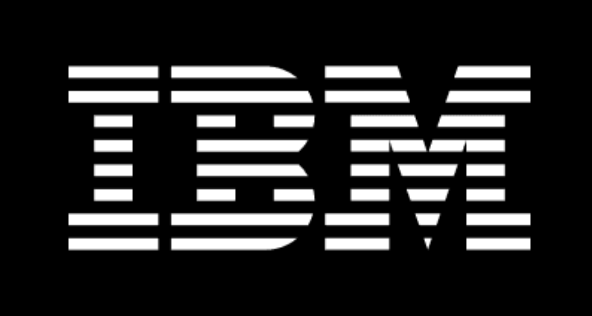
Finally, let's talk about the enterprise heavyweight: IBM watsonx Orchestrate.
If you're in a large organization dealing with compliance, governance, and security requirements that would make a security officer weep, this is your tool.
Built for Enterprise Reality
IBM® watsonx Orchestrate® brings all your AI agents together, making them more efficient, more collaborative and easier to scale across your business.
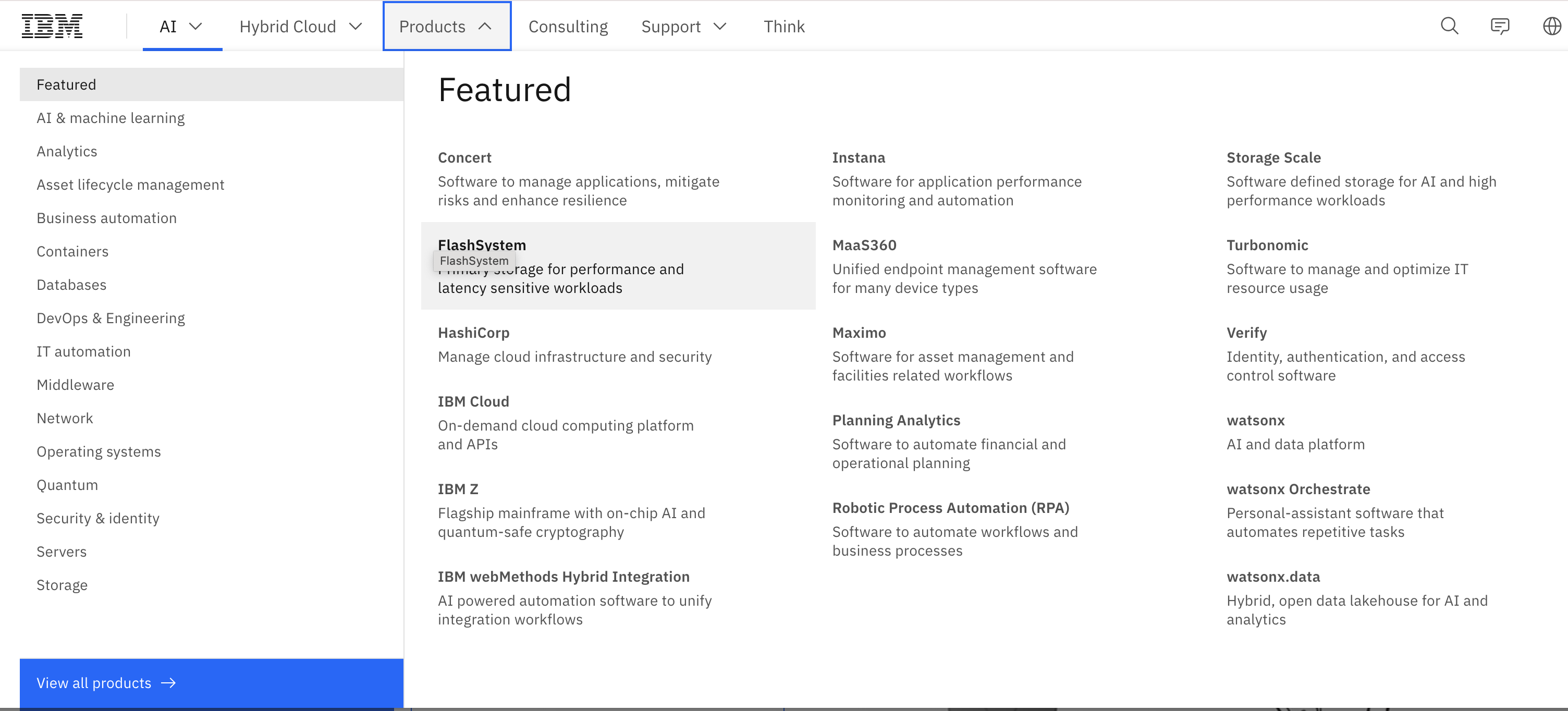
Here's what enterprise teams actually care about:
No Vendor Lock-In: Drive productivity across your business with orchestration that turns complexity into clarity, working with any AI agent, assistant, workflow or data, which means no rip and replace or vendor lock-in.
Pre-Built Domain Agents: Deploy AI quickly with over 100 domain-specific AI agents and more than 400 prebuilt tools, designed to work with the apps and workflows you already use.
Enterprise Governance: Govern your AI agents in a security-rich environment with centralized oversight, built-in guardrails and automated policy enforcement, helping ensure AI remains compliant and aligned at scale.
Real Business Impact
Dun & Bradstreet reduced procurement task time by up to 20% with AI-powered supplier risk evaluation.
watsonx Orchestrate turns chat-level prompts into production workflows that move data across SaaS and on-prem apps. The platform chains AI decisions with business rules, applies enterprise security, and logs every event.
When watsonx Orchestrate Is Worth the Investment
Ideal for:
Large enterprises with complex governance needs
Organizations in regulated industries
Teams managing AI across multiple departments
Companies requiring audit trails and compliance
Not the right fit if:
You're a startup or small team
Budget constraints are significant
You need rapid prototyping flexibility
Enterprise sales cycles feel like torture
What's our primary use case? (Data pipelines? Agent workflows? SaaS integration?)
What's our technical skill level? (Python wizards? No-code enthusiasts?)
What's our scale? (Startup? Enterprise?)
What's our budget? (Shoestring? Open checkbook?)
Learning curve: How long until your team is productive?
Maintenance overhead: Who's managing this thing?
Integration complexity: Does it play nice with your existing stack?
Scaling costs: What happens when you 10x your usage?
Exit strategy: Can you switch later if needed?
How to Choose the Right AI Orchestration Tool for Your Team
Alright, you've seen the contenders. Now comes the hard part: actually picking one.
Here's my brutally honest decision framework:
Start With Your Team's Reality
Ask yourself:
The Quick Decision Matrix
Choose Prefect if: You're a Python-first team building dynamic data/ML workflows and value developer experience over enterprise features.
Choose Flyte if: You're building production ML at scale, have Kubernetes expertise, and reproducibility is non-negotiable.
Choose CrewAI if: You're exploring agentic AI, building multi-agent systems, and want rapid prototyping with role-based collaboration.
Choose Zapier if: You need to orchestrate AI across thousands of business tools without writing code, and speed matters more than deep customization.
Choose watsonx Orchestrate if: You're an enterprise with serious governance requirements, need domain-specific agents out of the box, and have the budget for IBM's ecosystem.
The Future of AI Orchestration (What's Coming Next)
The AI orchestration landscape isn't standing still. Here's what's on the horizon:
Agentic AI is Eating Everything
The innovation of vertical AI agents allows organizations to develop specialized AI models that are more precise and performative than general-purpose AI.
We're moving from "orchestrate these models" to "orchestrate these autonomous agents that make decisions." The platforms that embrace this shift will dominate.
Multi-Cloud Becomes Table Stakes
As organizations move beyond a single cloud provider, orchestration tools will need to manage AI workflows across hybrid and multi-cloud environments. Future platforms will focus on portability, cost-aware scheduling, and robust data management.
Observability Gets Serious
Advancements in AI/ML-powered features like automated workflow optimization and anomaly detection. Increased Focus on Observability: Tools with advanced observability features, such as real-time monitoring, debugging, and root cause analysis, will gain traction.
You can't improve what you can't see. Expect orchestration platforms to invest heavily in tracing, debugging, and performance optimization.
Common AI Orchestration Mistakes (And How to Avoid Them)
Let me save you some pain. Here are the mistakes I see teams make constantly:
Mistake #1: Choosing Based on Hype Instead of Need
Just because every tech influencer is raving about a tool doesn't mean it's right for your use case. Match the tool to your actual requirements, not the trending GitHub repo.
Mistake #2: Ignoring Team Capabilities
The number one feedback we get from people who use orchestrators for machine learning is that they're not made for AI workflows, machine learning workflows, because you're forced to write YAML code, you're forced to do understand Docker files.
If your team doesn't have K8s experience, jumping straight to Flyte will be painful. Be honest about your skills.
Mistake #3: Under-Investing in Integration
The tool is only as good as how well it connects to your existing systems. Organizations often invest heavily in AI and ML initiatives. Sadly, those initiatives often fail. And it's not because of poor model performance. It's because of flawed integration and orchestration within the existing workflows.
Mistake #4: Treating Orchestration as an Afterthought
The answer lies in AI orchestration. The good news is, most businesses aren't doing this. So, if you pull AI orchestration off you'll be placing yourself ahead of the competition and realizing the full potential of AI in your workplace.
Start thinking about orchestration from day one, not after you have 50 models in production.
The Bottom Line
Here's what matters: AI orchestration isn't optional anymore. As AI becomes an integral part of nearly every business function, it's critical for organizations to learn how to seamlessly coordinate the many components, models, data pipelines, microservices, into unified, intelligent workflows. Choosing the right orchestration tools is key to making that happen. AI is no longer a novelty, it's a strategic investment for survival and success in the 21st century.
The five tools we've covered, Prefect, Flyte, CrewAI, Zapier, and IBM watsonx Orchestrate, each excel in different scenarios. There's no universal "best" tool, only the best tool for your specific situation.
Start small, experiment, and scale what works. Your future self (and your AI systems) will thank you.
Now stop reading and start orchestrating. 🚀
FAQ: Your Burning AI Orchestration Questions Answered
What is the difference between AI orchestration and automation?+
Automation is the completion of tasks without human intervention. Automated processes can range from simple "if-then" code to entire app workflows. Many AI applications automate some portion of a workflow or process, which in theory simplifies the life of the user. AI orchestration goes deeper—AI orchestration automates the interactions between different AI tools and systems.
Do I need Kubernetes to use AI orchestration tools?+
Not necessarily. Tools like Prefect and Zapier don't require Kubernetes. However, if you're using Flyte, Flyte is built on top of Kubernetes and does require a Kubernetes engineer to assist if running Flyte solo. Match the tool to your infrastructure reality.
Can small teams benefit from AI orchestration software?+
Absolutely. The importance of AI orchestration cannot be overstated, as it enables businesses to automate processes, improve productivity, and reduce costs. Key statistics show that companies that have implemented AI orchestration have seen significant improvements in their bottom line, with some reporting increases in productivity of up to 30%. Start with tools like Zapier or CrewAI that have lower barriers to entry.
How much does AI orchestration software cost?+
It varies wildly. Open-source options like Prefect, Flyte, and CrewAI can be self-hosted for essentially the cost of infrastructure. Managed services and enterprise platforms like watsonx Orchestrate require direct sales conversations. Zapier's pricing scales with usage and can range from free to thousands monthly for enterprises.
What's the biggest challenge in implementing AI orchestration?+
What's the biggest challenge in implementing AI orchestration? Integrating multiple AI systems increases the risk of data breaches and security vulnerabilities. Implement robust security protocols, regular security audits, and ensure that all integrated systems comply with security standards. Beyond security, the integration complexity and change management are usually the biggest hurdles.
Is AI orchestration only for machine learning workflows?+
No. While ML is a major use case, AI orchestration applies to any scenario where you need to coordinate multiple AI models, agents, or systems. This includes chatbots, data processing pipelines, business process automation, and agentic AI workflows.
How do I measure ROI on AI orchestration tools?+
Look at metrics like: time-to-deployment for new models, reduction in manual intervention, improved model performance from better coordination, cost savings from resource optimization, and team velocity improvements. Organizations that invest the time to align orchestration tools with the appropriate situation experience 37 per cent better project success and 42 per cent faster time to value AI initiatives.
Can I switch AI orchestration tools later if needed?+
It depends on the tool and how deeply integrated it becomes. Open-source tools with standard interfaces (like Prefect and Flyte) offer more portability. Some managed services provide convenience at the expense of portability. Audit contractual exit paths before committing sensitive workloads.

Preços claros, transparentes e sem custos ocultos.
Sem compromisso, preços para ajudá-lo a aumentar sua prospecção.
Créditos
Podem ser usados para:
Encontrar E-mails
Ação de IA
Encontrar Números
Verificar E-mails
€19por mês
1,000
5,000
10,000
50,000
100,000
1,000 E-mails encontrados
1,000 Ações de IA
20 Números
4,000 Verificações
€19por mês
Descubra outros artigos que podem lhe interessar!
Ver todos os artigosBlog
Publicado em 5 de abr. de 2025
FullEnrich: opiniões, preços e alternativas para evitar surpresas desagradáveis
 Mathieu Co-founder
Mathieu Co-founderLeia mais
Software
Publicado em 31 de mar. de 2025
9 alternativas ao UpLead para impulsionar REALMENTE sua prospecção
 Niels Co-founder
Niels Co-founderLeia mais
Software
Publicado em 11 de jul. de 2024
8 alternativas ao Expandi para reduzir seus custos de aquisição
 Marie Head Of Sales
Marie Head Of SalesLeia mais
Software
Publicado em 22 de abr. de 2024
As 5 melhores alternativas ao Dropcontact para uma melhor prospecção B2B
 Marie Head Of Sales
Marie Head Of SalesLeia mais
Software
Publicado em 14 de jul. de 2024
6 alternativas ao Skylead para gastar menos e melhorar sua geração de leads
 Marie Head Of Sales
Marie Head Of SalesLeia mais
Software
Publicado em 26 de abr. de 2024
9 alternativas ao Hunter.io (gratuitas/pagas)
 Marie Head Of Sales
Marie Head Of SalesLeia mais
Links úteis
HubCold-email: Guia CompletoEntregabilidade: Guia completoAlternativa ao LemlistAPISolicitar uma demonstraçãoPrograma de afiliadosFind emailMade with ❤ for Growth Marketers by Growth Marketers
Copyright © 2025 Emelia All Rights Reserved
